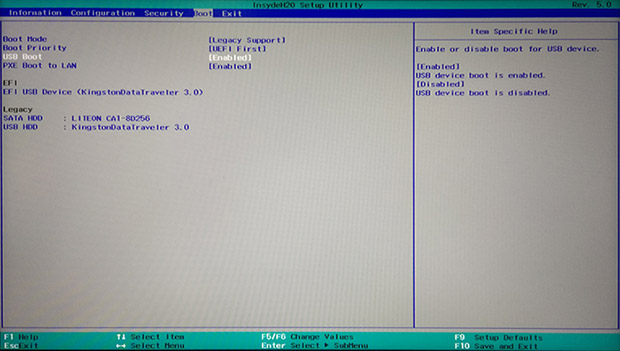
All you need is the Media Creation Tool.ġ. Nowadays, however, Microsoft has provided an easier and faster way to make a Windows 10 installation USB drive. In the past, to make an installation disk, you had to download a Windows ISO file, and then burn the ISO file to a USB or CD flash drive using a burning tool. If you don’t have any installation media, make one first. If you already have a Windows 10 installation USB flash drive or CD, go straight to the next step. Step 1: Prepare a Windows 10 installation USB.
Step 4: Make the computer boot from the new SSD. Step 3: Install Windows 10 on the new SSD. Step 2: Boot the computer from the USB. Step 1: Prepare a Windows 10 installation USB. We will show you a step-by-step guide on how to install Windows 10 on a new SSD. But if you prefer to do a fresh/clean install of Windows 10 on the new SSD, this page is for you. Disk cloning software allows you to directly migrate Windows 10 to SSD without reinstalling. My BIOS is the ultimate version for my motherboard or I should try installing BIOS not for v1-0a (which is my motherboard) but for simply MCP61M-M3 that is newer MCP61M-M3.After installing a new SSD to your computer, you will want to move the Windows 10 OS from the old hard drive to the new SSD for better system performance. And do my motherboard support AHCI mode? I don\t have it, or i don\t know how to turn it on. But at the paghe 62 it starts explaining how to install eJIFFY, I don't need that. Thank you for detailed trying to help me. Once installation of the operating system is finished and the computer is powered down, you can once again plug in any other drives to the computer. The CD/DVD drive can remain connected, though. To simplify things and prevent installation of the operating system to the wrong drive, I would suggest disconnecting all drives except the 2.5" SATA SSD to which you are installing Windows before turning the computer. Have unzipped and copied to a CD-R, DVD±RW or USB flash drive in case you are prompted for them during installation. These are for Windows 7 since they were last updated twelve years ago in 2009, but it is possible they will work on newer versions of Windows. 
Lastly, download the latest chipset device drivers for your motherboard from Nvidia's web site at.

Update that according to the manufacturer's instructions.

Although it may be new, it may also have older firmware as well. Next, check with the manufacturer of the new SSD you purchased. Make sure the BIOS is set to AHCI mode, per the screen shots starting on page 62. After installing that, reset all the BIOS options to their defaults, per page 25 of your motherboard's manual, available for download on the same page. Make sure you have the latest BIOS firmware installed for your ECS Group MCP61M-M3 v1.0A motherboard, which can be downloaded from ECS' web site at -LL-V1-DO-0A-RR-/Socket AM3-LL-AMD-RR.







 0 kommentar(er)
0 kommentar(er)
